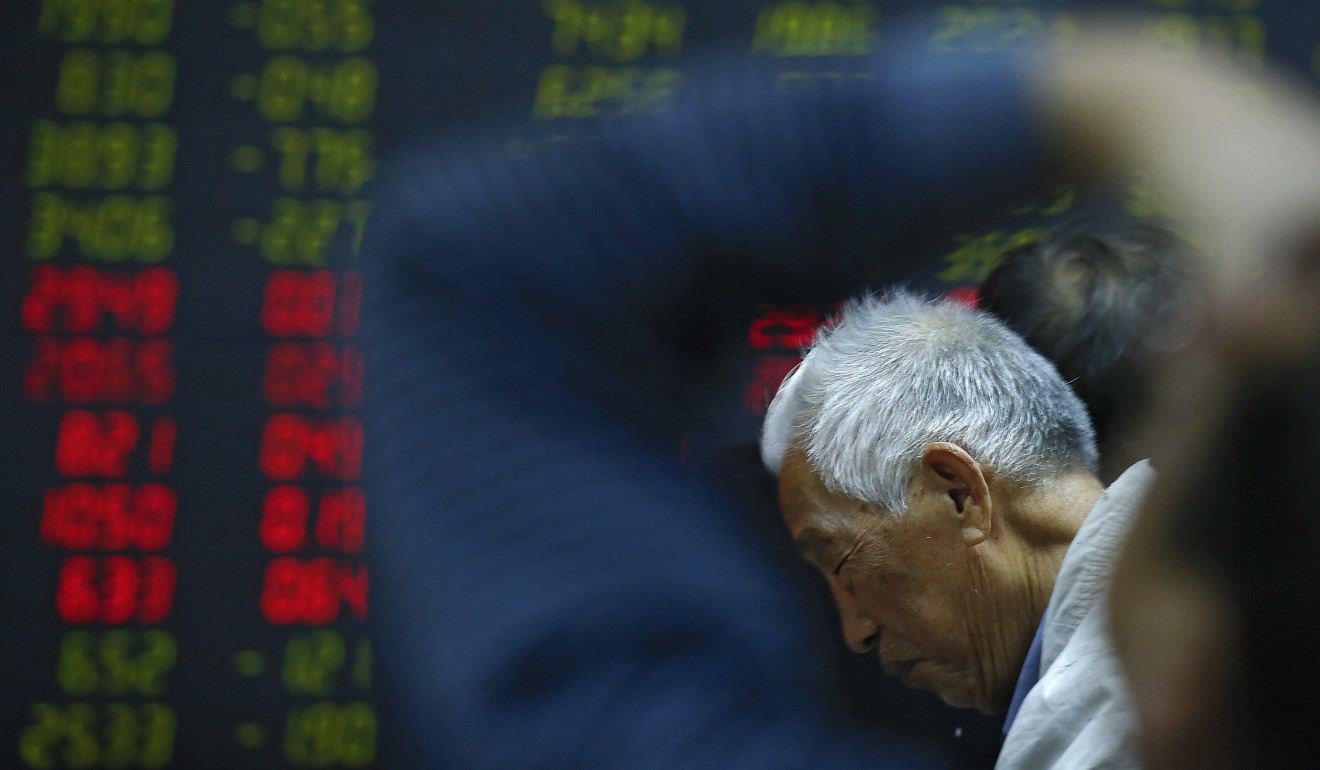
Why the Santa rally in stock markets may just be a little late
- Richard Harris says the December rout in US stocks was, in hindsight, not surprising, given the market jitters and the languishing European and Chinese markets. Even so, the lower than average price-to-earnings ratio should reassure investors
All financial analysts have to make confessions from time to time. And I am man enough to grovel to my readers.
But, by far the most influential factor of all, which had not been discounted, was the unknown unknown that appeared in mid-November. That was when the market finally articulated that US economic growth was slowing.
Indeed, the wisdom of crowds had known about it for a while, as the falls had begun around October 1. The pent-up anticipation of the end of the sugar rush caused by the Trump tax breaks had surfaced and the markets could no longer see the way up. For, markets do not only seek economic growth per se but growth on economic growth. That incorporates the mysterious element of hope that markets use to price up shares.
Most other markets had figured this out sometime before the US. Europe peaked last November with an interim peak in May, and has since declined by 16 per cent. China peaked in January and has flopped by more than 20 per cent. It was only the stimulus of the tax cuts in the US that pushed US markets up against the grain.

I’m pleased to say that these moves once again prove “Harris’ Law of the Quarterly Change”, which states that market sentiment always changes at the end of a quarter (except when it doesn’t, which I admit limits its use as a predictive tool).
The US stock markets have finally given up the leadership, to perform more in line for the year with other markets. You can’t buck the trend forever. Note that those markets that had already fallen badly in the year have been protected from the worst in this last quarter, even if their direction of movement has followed that of the S&P 500.
The US’ first three quarters priced in a virtuous cycle of economic and earnings growth, now replaced by a vicious cycle of high share prices and disappointing news. It came at a bad time – when the markets are naturally slowing for the year end. Only the panicked or foolish trade after the second week in December. Liquidity is low and you can’t trust the prices. There were enough foolish panickers to push the markets down and the machines will have kicked in too, as algorithms programmed by teenage scribblers have never heard of the seasonal slowdown. Hence a big fall and a gnashing of teeth all round.
But the Santa rally may not be dead; it may just be sleeping. The S&P on a valuation basis is trading today on a share price-to-earnings per share ratio of around 16 times. Last quarter, it was 20 times; last year, nearly 22. This means you can buy at a low P/E, way below the 23 times average of the past 20 years.
Of course, we have to ask ourselves, “Does the market know something we don’t?” Even if it does, there is a great deal of downside protection. A serious fall in earnings (and, at most, we might expect a decline in growth, not a fall) could see P/E’s rise to 18-19 times without shocking.
When the big-boy traders return in the New Year, they are likely to guess that prices have sunk too far. So, if you were thinking of joining the selling rush; stay awhile. Santa might make a late call.
Richard Harris is chief executive of Port Shelter Investment, a veteran investment manager, banker, writer and broadcaster, and financial expert witness

